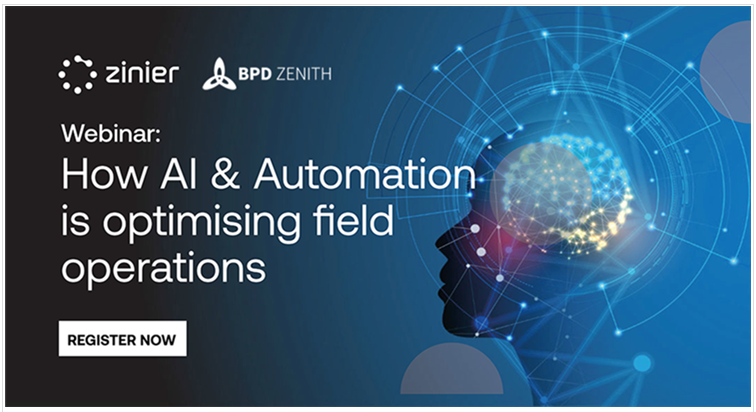
If there’s one metric that’s top-of-mind for field service leaders today, it’s availability. In an industry where every minute of downtime is money out the door, even a slight increase in asset uptime is significant.
For many organizations, the answer lies in predictive maintenance. Instead of relying on the traditional break-fix model where a technician isn’t dispatched until something fails, artificial intelligence can help identify problems before they occur.
Imagine there are two identical towers — one in cold, wintery Chicago, the other in sunny Los Angeles. Despite being the same structure, these towers go through markedly different wear and tear.
Predictive maintenance solves this problem by using AI and sensor-equipped devices to determine the right maintenance schedule for each tower, based on real-time device monitoring and historical data from similar sites. Only as a last resort are technicians dispatched to replace parts or identify the root cause of an issue.
As companies grow increasingly reliant on AI to drive operational efficiency, the annual spend on intelligent automation is skyrocketing. Whether it’s looking at historical data to predict failure or using natural language understanding to develop more conversational chatbots, companies are using intelligent automation to drive efficiency and innovation.
Before you decide when, where and how to deploy AI within your organization, it’s important to take stock of your current business processes and ability to capture data. Legacy software and dated practices can get in the way of true transformation, preventing you from realizing the full benefit of intelligent automation.
Finding the right blend for your business
As customer expectations around the speed and quality of service continue to rise, organizations will need to move away from manual methods of creating, assigning and executing work and instead focus on automation.
According to a recent McKinsey study, 6 out of 10 jobs today have more than 30% of their tasks that could be automated. After talking to customers, I believe that number should be closer to 70%. There are very few things a machine can’t learn to do well, provided it has the right data and algorithms.

~ 30% of tasks can be automated in 6 out of 10 jobs ~
Of course, automation cannot happen overnight. As you look for ways to bring more automation into your organization, be sure to consider the following:
- Define roles and priorities: No matter how many processes are automated, there will always be the need for human workers. Let them focus on areas that require a human touch, whether it’s handling unique escalations or putting a friendly face on customer interactions.
- Iterate, iterate, iterate: There’s no sense in automating poor, inefficient processes. Your automated workflows should be driven by constant observation and analysis. Don’t forget to include the human perspective, either — if a back-office coordinator is continually overriding an AI recommendation, the system should try to understand why and adjust accordingly.AI is getting better at doing human jobs, but it’s not ready to stand on its own. People still need to be involved, whether it’s providing feedback on automated processes or handling escalations. The most successful organizations will be the ones that find the right blend of human involvement and AI-driven automation.
What’s coming up with our Zinier Business Partner?
In collaboration with Zinier, on the 29th July we will be hosting a webinar on How AI & Automation is optimizing field operations.
Accelerating Innovation During a Pandemic
Organisations are under constant pressure to address how to manage the large volumes of work efficiently, drive productivity and improve customer experiences. Current field service operation solutions have limitations and still require a lot of manual work, even with digitisation.
In this webinar, Zinier and BPD Zenith will be addressing these key factors:
• Top challenges facing service teams
• How to harmonise field processes, mobile workforce resources, visibility & business continuity
•. Performance metrics – benefits of rapid resource allocation to real-time service delivery
•. Use Case: How to keep the world running
Date: Wednesday, 29 July 2020
Time: 11.00am – 12.00 pm (Australia Time)
AGENDA
– Introduction and Overview – Mark Michael, Managing Director – BPD Zenith
– Industry Trends and Keynote – Peter Bannah, ANZ Sales Director, Zinier
– Use Case and Demo – Kat Vasilopoulos, Solutions Engineer, Zinier
– Q & A
REGISTRATIONS ARE ESSENTIAL – Please email: erin.ng@zinier.com





